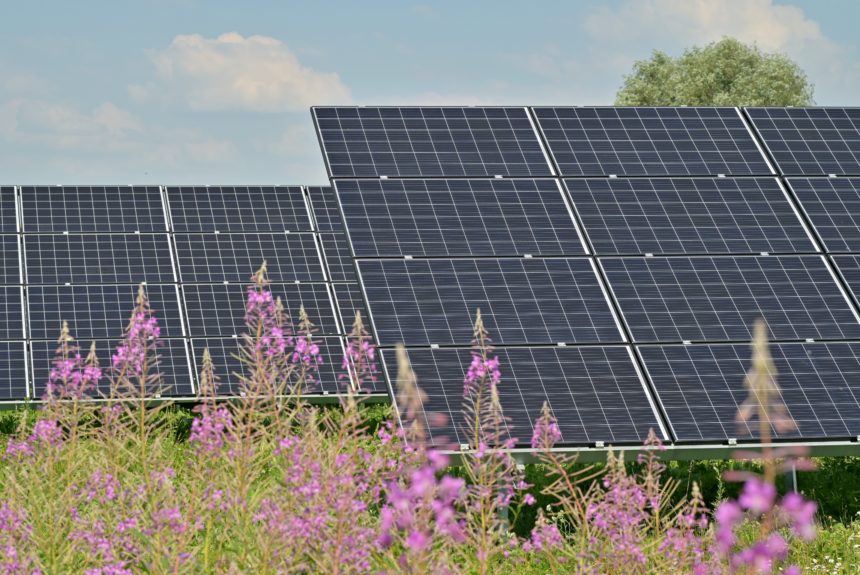As renewable energy grows, the expansion of solar energy makes up a key portion of new development. Americans typically associate solar with states like California and New Mexico, which makes the following fact a little puzzling: Solar is being rapidly developed across the Midwest. Why is the power source taking off in states not commonly known for abundant sunshine? There are a few reasons.
Midwest misconceptions
Yes, it is true that states like California and New Mexico get more intense sunlight days all year. But results show that states across the Midwest are not lagging too far behind. So while Midwestern states may not be known for sunshine, there is still plenty of it. After all, agricultural production requires quality sunlight.
>>>READ: 7 Trends Environmentalists Should Be Watching In 2022
Agricultural land and solar are highly compatible
The heavy presence of agriculture across the Midwest is actually a great clue as to why solar development is a good fit. The same land used for agriculture is highly compatible with solar panels — and can sometimes be used for both solar and agriculture! When you recognize that good agricultural land is good solar development land, it makes sense why the largest solar project in the country is being developed in Indiana rather than a ‘sunnier’ state.
Renewable energy is already present
States like Iowa and Kansas are already very well known within the energy world for one thing: wind power. The Midwest is actually considered one of the best places in the country for renewable energy because of the wind industry. Considering the sunlight and availability of compatible land coupled with infrastructure in place and communities already primed to welcome renewable energy, it makes sense that solar would also start to grow across the region.
Battery storage is removing barriers
Finally, even if none of the above reasons were applicable, solar would probably still be in development in unusual parts of the country. Why? Because battery storage is making it possible. The old quip that solar would stop working if the sun was not shining is obviously true. But with storage, there does not have to be consistent sunshine – just enough to keep repowering the batteries.
Anyone who has road-tripped across the Midwest is used to the sight of wind turbines dotting the terrain. Now, we are likely to see solar panels popping up just as often. The Midwest is certainly a key piece to America’s energy transition puzzle, and solar development is not slowing down.
Kelvey Vander Hart is a native Iowan, a member of the American Conservation Coalition, and a communications specialist at Reason Foundation.
The views and opinions expressed are those of the author’s and do not necessarily reflect the official policy or position of C3.
